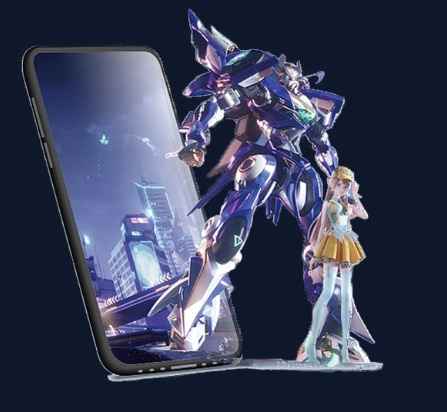Smartphones have become an extension of daily life, holding everything from photos and banking apps to important work emails. But with this constant use comes inevitable wear and tear—most notably, scratches and cracks on the screen. That’s where a glass screen protector proves its worth. Unlike plastic films, these tempered glass layers offer a robust shield against accidents while maintaining a flawless display experience.
So, why should every smartphone user consider installing a glass screen protector? Let’s break it down.
Glass Screen Protector as Your Phone’s First Line of Defense
1. Superior Scratch Resistance
A glass screen protector is made from tempered glass with a hardness rating of up to 9H on the Mohs scale, which means it resists scratches from everyday items like keys, coins, and pens. In contrast, plastic protectors often show scuffs after just a few weeks of use.
Real-world tests show that screens with a glass screen protector are 3 times less likely to show visible scratches compared to unprotected screens.
2. Shock Absorption During Drops
While no accessory can make a phone indestructible, a quality glass screen protector absorbs and disperses impact energy during accidental drops. This means the protector may crack, but the actual phone screen beneath often remains unharmed.
- A 2024 consumer report found that phones with a glass screen protector survived 85% of waist-height dropswithout screen damage, compared to only 52% for unprotected phones.
This makes it an affordable insurance policy for devices that cost hundreds—or even thousands—of dollars to repair.
Maintaining Display Quality with Glass Screen Protectors
1. Crystal Clear Viewing Experience
Older plastic films often left screens looking dull or distorted, but modern glass screen protectors offer 99% light transmittance. This ensures your phone’s vivid colors, sharpness, and touch sensitivity remain virtually unaffected.
2. Anti-Fingerprint and Smudge Resistance
Many glass screen protectors feature an oleophobic coating that resists oils and fingerprints. This makes cleaning easier and keeps the screen looking pristine for longer periods.
Compared to bare screens, users report up to 40% fewer visible smudges throughout daily use.
Why Glass Screen Protectors Outperform Plastic Alternatives
For consumers debating between a glass screen protector and a plastic film, consider these differences:
- Durability: Glass can withstand higher impact forces without tearing or peeling.
- Ease of Installation: Modern protectors are designed with alignment frames for bubble-free application in under 2 minutes.
- Longevity: A single glass screen protector can last 12–18 monthswith proper care, while plastic films often need replacing every few months.
These factors make glass protectors a better long-term investment for most smartphone users.
Added Benefits Beyond Protection
1. Privacy and Blue Light Filtering Options
Many glass screen protectors now offer added features like privacy filters, which narrow the viewing angle to prevent people nearby from seeing your screen. Others include blue light filters to reduce eye strain, making them especially valuable for heavy smartphone users.
2. Easy Replacement and Low Cost
With prices ranging from $10 to $30, replacing a cracked protector is far less painful than repairing or replacing a smartphone screen, which can cost $200 or more.
What to Look for in a Glass Screen Protector
For the best results, consumers should choose protectors with:
- 9H hardness for maximum durability.
- Oleophobic coatings for a smooth, fingerprint-resistant surface.
- Edge-to-edge coverage to protect curved screens.
Investing in a high-quality protector ensures better performance and longevity.
Conclusion
A glass screen protector is more than just an accessory—it’s a smart, cost-effective way to extend the life of your phone. By providing superior scratch resistance, shock absorption, and additional features like privacy and blue light filtering, it safeguards both your device and your wallet. For any smartphone user who values their screen, it’s an essential layer of protection that pays for itself many times over.






